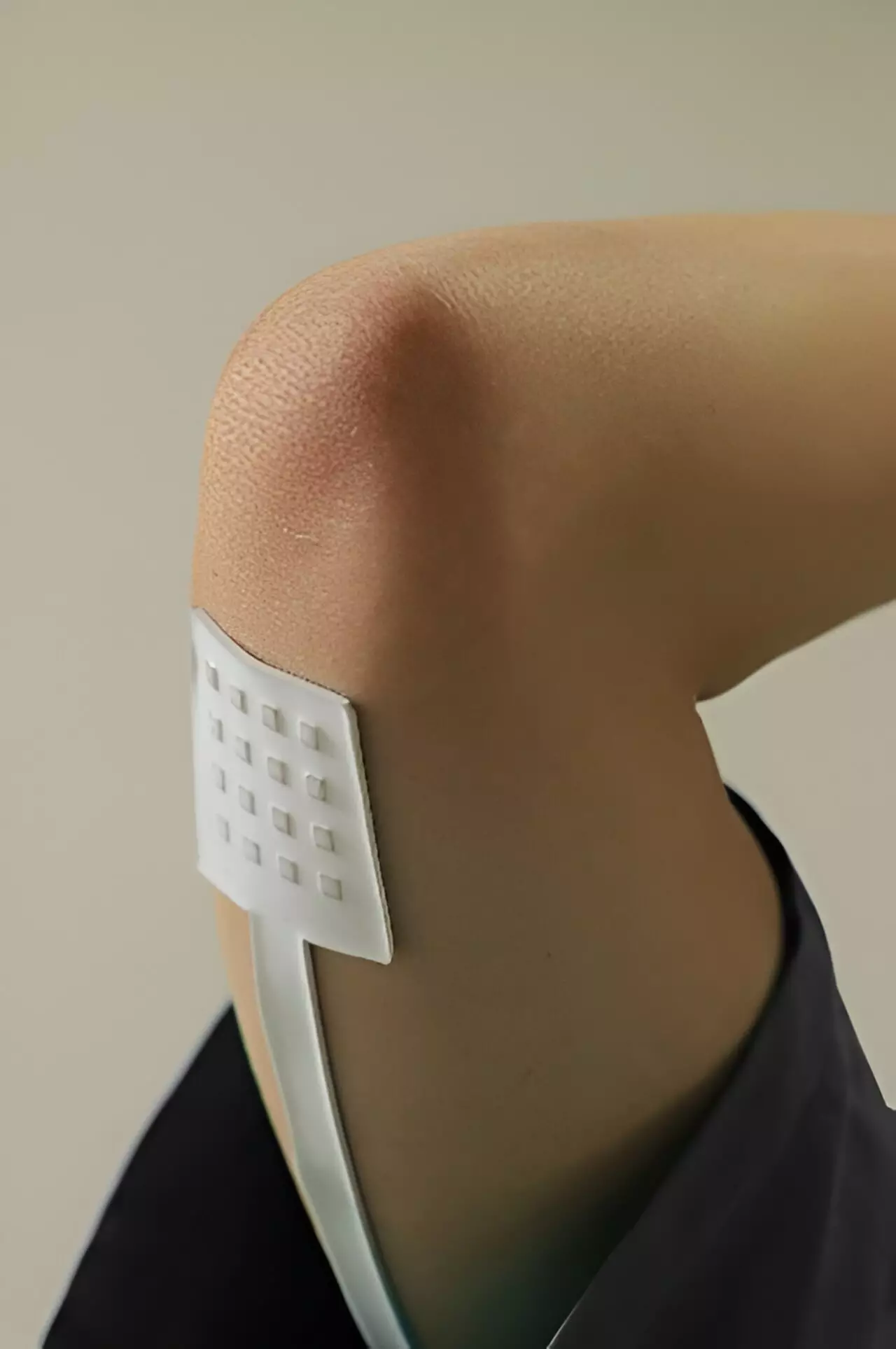In a groundbreaking study published in the journal *Science Advances*, the world of biomechanical sensing is poised for transformation. Researchers at Peking University have unveiled a remarkable innovation—a flexible, modular set of tactile sensors designed to adhere seamlessly to human skin. These sensors aim to provide customizable detection capabilities from various body parts, heralding a new era in wearable technologies. The potential for these sensors in fields ranging from healthcare to robotics signifies a monumental leap in the way we interpret biophysical signals.
At the heart of this technological shift are 3D micro strain gauges. These novel sensing units are engineered to enable high-density pressure mapping and facilitate wireless monitoring of diverse biomechanical signals. The researcher Han Mengdi asserts that the transformation of conventional planar strain gauges into a three-dimensional architecture is critical in enhancing the sensors’ spatial density and expanding their functional modalities. This innovative approach adopts lithographic techniques, thus ensuring compatibility with existing microfabrication technologies.
The strategic design and construction of these gauges involve creating 3D microstructures that are responsive to minute mechanical changes. As outlined by Chen Xu, a pivotal figure in this research, the customization of these sensors’ performances is straightforward. By manipulating various parameters—including the shape of the microstructure, the layering of thin films, and the encasing polymer’s thickness—researchers can fine-tune the sensitivity and response of each tactile sensor, making them highly adaptable for specific applications.
A standout feature of these sensors is their ability to decouple normal and shear forces through a unique configuration. By integrating four orthogonally arranged 3D micro strain gauges within each sensor, researchers achieve precise measurement of applied forces, factoring in both direction and magnitude. This capability is crucial for accurately interpreting complex biomechanical interactions, enhancing the practical utility of wearable devices in medical diagnostics and therapeutic applications.
Moreover, the inclusion of a temperature sensing module significantly broadens the sensor’s functionality, allowing for comprehensive monitoring of physiological states. Yiran Wang, another key researcher in this endeavor, emphasizes the importance of an anti-crosstalk circuit. This circuit supports the spatiotemporal mapping of forces at the skin’s interface, underscoring the detailed analytical capabilities of these sensors. Such advancements in technology promise to elevate research and practical applications in diverse fields, including sports science and physical rehabilitation.
The implications of this research extend far beyond the realm of academic inquiry. The compatibility of these 3D micro strain gauges with both microelectronics and macroelectronics opens the door for an array of practical applications. From enhancing robotics to creating advanced consumer electronics, the potential is vast. Imagine dexterous robotic limbs equipped with the capacity to sense touch and pressure, or wearable health monitors that track not just movement, but detailed biomechanical and physiological changes in real-time.
As the barriers between technology and human biology continue to blur, this research reflects a broader trend towards sophisticated tools that not only observe but also interpret human dynamics. The ability to create highly sensitive, customizable tactile sensors signifies a crucial step forward in bridging the gap between digital technologies and biological understanding.
The research from Peking University represents a significant advancement in the development of flexible tactile sensors and electronic skins. With the prowess of 3D micro strain gauges, the potential applications stretch into uncharted territories, promising innovations that enhance our capabilities to monitor and interpret biomechanical signals effortlessly. This convergence of science, engineering, and applied technology marks a promising chapter in the ongoing quest to deepen our understanding of the human body and revolutionize the way technology interacts with biological systems. As we look towards the future, the implications of this work are bound to reshape industries and improve the quality of life in ways we are only beginning to imagine.

